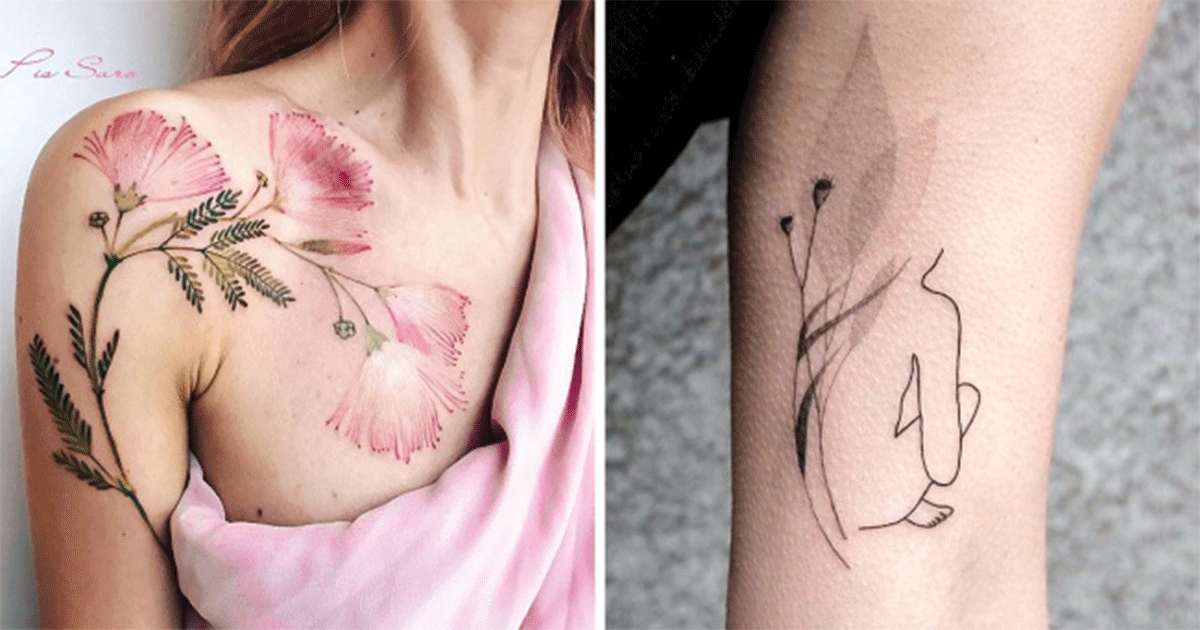10 Facts About Ancient Restrooms That Will Make Us Thankful to Have a Bathroom Inside Our Home
10 Facts About Ancient Restrooms That Will Make Us Thankful to Have a Bathroom Inside Our Home
Modern bathrooms are a blessing that many of us take for granted. Clean water, privacy, and flush toilets are conveniences that ancient civilizations didn’t enjoy. Throughout history, people used some very inventive—and often unpleasant—methods for managing waste. Here are 10 fascinating facts about ancient restrooms that will make you appreciate the comfort and cleanliness of your bathroom at home.
1. Public Toilets Were a Common Practice in Ancient Rome
In ancient Rome, public restrooms, called latrines, were common. These were large, open rooms with benches lined with holes, and people would sit side by side to do their business. There was no privacy—using the toilet was a communal activity, and conversations were often held while using the facilities.
Why we’re thankful: Today, we have the luxury of privacy in our own homes. No more sitting shoulder to shoulder with strangers!
2. Toilets in Ancient Rome Had a Shared Sponge
Instead of toilet paper, ancient Romans used a sponge on a stick called a tersorium. This communal sponge was shared by everyone who used the public latrine and was rinsed in water after each use. Hygiene standards were very different back then, and sharing cleaning tools was the norm.
Why we’re thankful: Modern bathrooms come with personal hygiene products like toilet paper and bidets, sparing us the discomfort of using a shared sponge!
3. Ancient Egyptians Used Sand and Water for Cleaning
Ancient Egyptians are known for their advanced civilization, but their restroom facilities were still rudimentary. They often used simple pits or stone toilets, and for cleaning, they used sand and water. Wealthier Egyptians might have had more sophisticated setups, but most people had to make do with basic systems.
Why we’re thankful: Indoor plumbing and running water make cleaning up after using the toilet a much more pleasant experience today.
4. Medieval Chamber Pots Were Emptied Into Streets
In medieval Europe, people often used chamber pots, which were kept under the bed and used as a nighttime toilet. Once full, the contents of the pot were often dumped directly into the street from windows. This led to unsanitary conditions in towns and cities, with waste accumulating in public spaces.
Why we’re thankful: Modern sewage systems safely dispose of waste far from our homes, ensuring cleaner and more hygienic living environments.
5. Ancient Toilets Often Led to Rivers or Open Drains
In many ancient civilizations, such as in Mesopotamia and ancient Greece, toilets were built over open drains or directly into rivers. Waste would flow into these waterways, which were sometimes used for bathing or drinking water, leading to significant health hazards.
Why we’re thankful: Advanced wastewater treatment facilities today ensure that waste is properly managed and doesn’t contaminate our water supply.
6. Castles Had “Garderobes” That Were Essentially Stone Seats
Medieval castles often had toilets known as garderobes, which were stone seats built into the walls. Waste would drop down through a hole into a pit or moat below. These garderobes were drafty, uncomfortable, and often located far from living quarters.
Why we’re thankful: Our modern bathrooms are warm, comfortable, and conveniently located right inside our homes!
7. Toilets in Ancient China Were Basic but Ahead of Their Time
In ancient China, primitive forms of toilets were used as early as 2,000 BC. Some were wooden seats placed over deep pits, while others were more elaborate and connected to rudimentary drainage systems. However, most people still had to rely on simple, outdoor setups.
Why we’re thankful: The development of flush toilets and advanced drainage systems has vastly improved our comfort and hygiene compared to ancient methods.
8. Vikings Used Simple Outhouses
Viking homes often had outhouses located away from the main living areas. These outhouses were just basic holes in the ground, covered with a wooden seat. There was no real protection from the elements, and using these facilities during harsh winters must have been an uncomfortable experience.
Why we’re thankful: Our bathrooms are heated, insulated, and far more comfortable than an exposed outhouse in freezing weather.
9. Ancient Greeks Used Stones for Toilet Paper
In ancient Greece, instead of toilet paper, people would use small, smooth stones called pessoi or broken pieces of pottery. This practice was not only uncomfortable but also unhygienic by modern standards.
Why we’re thankful: The soft, hygienic toilet paper we use today (or even bidets) is far more comfortable than the rough alternatives used in ancient times.
10. Bathrooms Were Often Shared with Animals
In many ancient cultures, especially in rural areas, restrooms were shared with animals. Some homes had outhouses located near livestock, and waste from both humans and animals was often collected in the same pit or trough.
Why we’re thankful: Modern bathrooms are designed solely for human use, offering a clean and sanitary space separate from any animals or livestock.
Final Thoughts
Ancient restrooms were often unsanitary, uncomfortable, and lacked the privacy and convenience we enjoy today. The development of indoor plumbing, flushing toilets, and personal hygiene products has dramatically improved our bathroom experience. After learning about these 10 fascinating facts, it’s easy to appreciate just how far we’ve come in making one of life’s most basic needs so much more pleasant!














